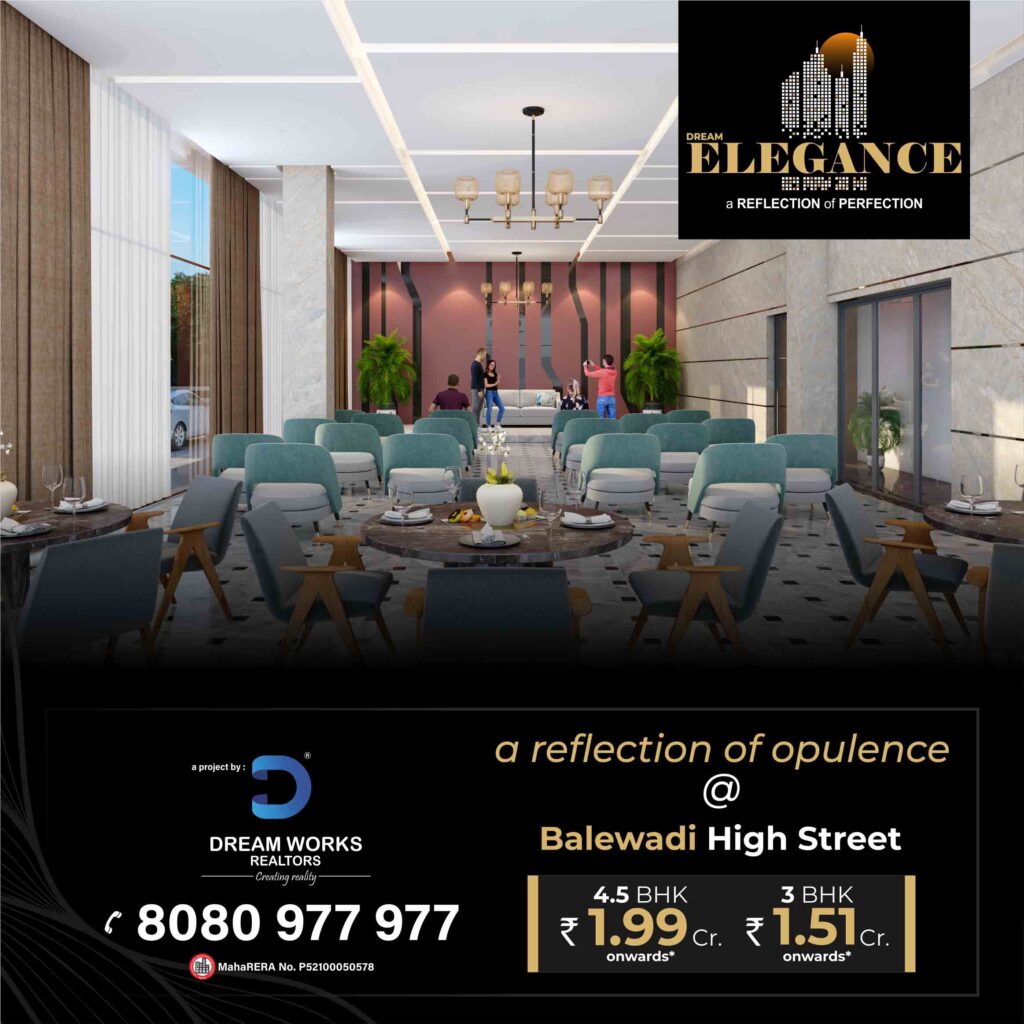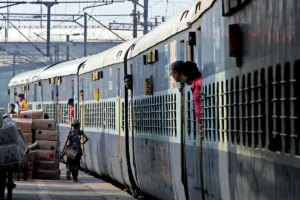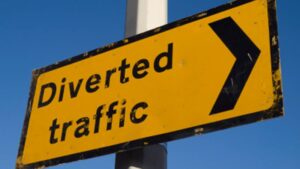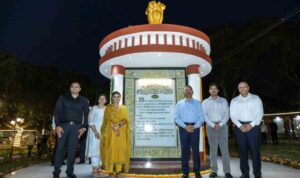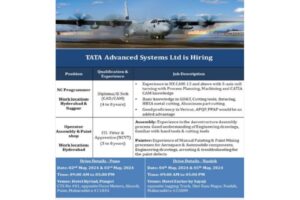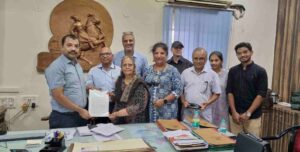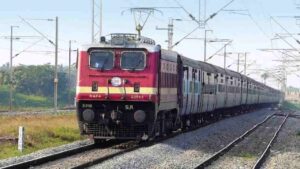Pune : Kalyani Nagar Residents Irked Over Traffic Congestion on South Avenue road
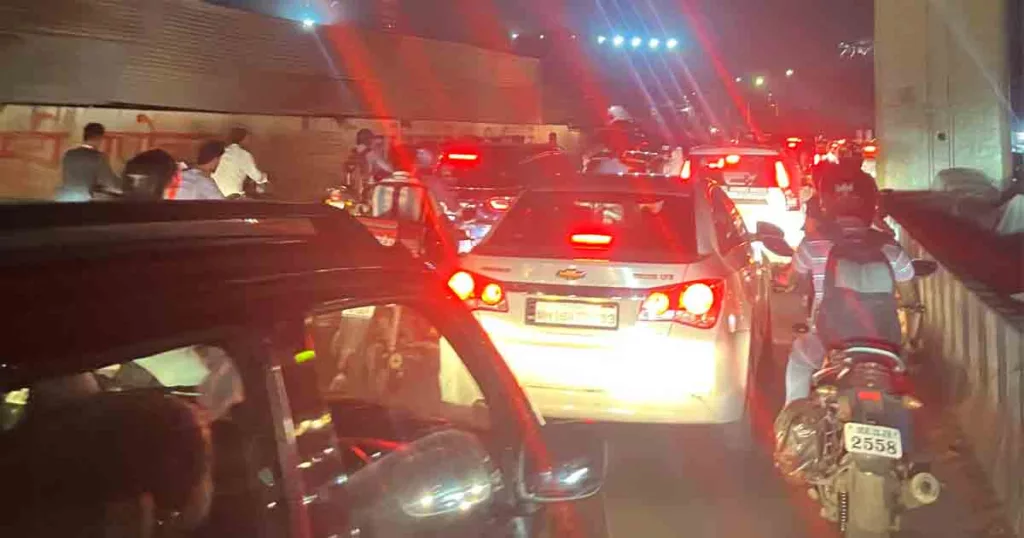
On the evening of September 5th, 2023, the bustling neighborhood of Kalyani Nagar in Pune witnessed an unprecedented traffic congestion near the SkyOne building along South Avenue. The incident occurred at 8:08 PM, turning a routine evening commute into a nightmare for residents and commuters. The residents of Kalyani Nagar explained their ordeal, which is now becoming an everyday scene.
The Traffic Gridlock
As the clock approached 8:08 PM, South Avenue, which is typically a busy but manageable route, became the epicenter of a traffic catastrophe. Vehicles of all shapes and sizes jostled for space on the narrow road, creating a standstill traffic jam that stretched for several blocks. The incident can be attributed to a combination of factors, including the convergence of rush-hour traffic, ongoing construction work in the vicinity, and inadequate traffic management.
Impatient Honking and Frustrated Commuters
As the traffic congestion worsened, the honking of car horns became a constant background noise. Impatient drivers, already exhausted from a long day, grew increasingly frustrated. Commuters stuck in their vehicles could do little more than exchange exasperated glances with fellow travelers. The cacophony of horns only added to the growing tension, creating a hostile atmosphere for all involved.
The Absence of a Traffic Warden
One glaring issue that exacerbated the situation was the absence of a traffic warden or a police officer to manage the chaotic traffic. In most major cities, especially during peak hours, trained traffic personnel are deployed to streamline traffic flow, prevent jams, and ensure safety. However, on that fateful evening, the absence of any such presence left the commuters at the mercy of their fellow drivers.
After being stuck in a traffic jam while returning home after a long and exhausting day at work, people experience a potent cocktail of frustration, weariness, and hunger. Their patience wears thin as they inch along the congested roads, trapped in their vehicles. The exhaustion of the day intensifies, and the hunger pangs only worsen the ordeal.
The disadvantages of being trapped in a traffic jam are numerous and extend beyond mere inconvenience. Here are some of the key drawbacks:
Time Wastage: The most obvious disadvantage is the time wasted. Commuters spent valuable minutes, if not hours, stuck in traffic that could have been better utilized for productive or leisure activities.
Stress and Frustration: Traffic congestion leads to heightened stress levels. The constant stop-and-go, along with the impatient honking, can take a toll on mental well-being.
Wasted Fuel and Environmental Impact: Vehicles idling in traffic consume more fuel, contributing to increased pollution and greenhouse gas emissions. This is detrimental to both the environment and personal finances.
Health Implications: Prolonged exposure to traffic pollution can have adverse health effects, including respiratory problems and increased risk of cardiovascular diseases.
Impact on Productivity: For those who were on their way to work or important appointments, the traffic jam resulted in lost productivity and potential missed opportunities.
The traffic congestion near the SkyOne building on South Avenue in Kalyani Nagar, Pune, on September 5th, 2023, serves as a stark reminder of the urgent need for better traffic management in our growing urban areas. The inconvenience, impatient honking, and absence of a traffic warden exacerbated the situation, causing frustration and stress for commuters.
This incident also highlights the numerous disadvantages of being stuck in traffic, from time wastage to environmental and health concerns. It underscores the importance of investing in sustainable transportation solutions, efficient traffic management, and public awareness campaigns to promote responsible commuting behavior.
Residents and authorities must work together to prevent such incidents in the future, ensuring that our cities remain accessible and enjoyable places to live and work.
